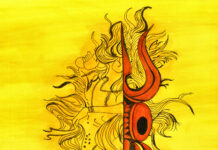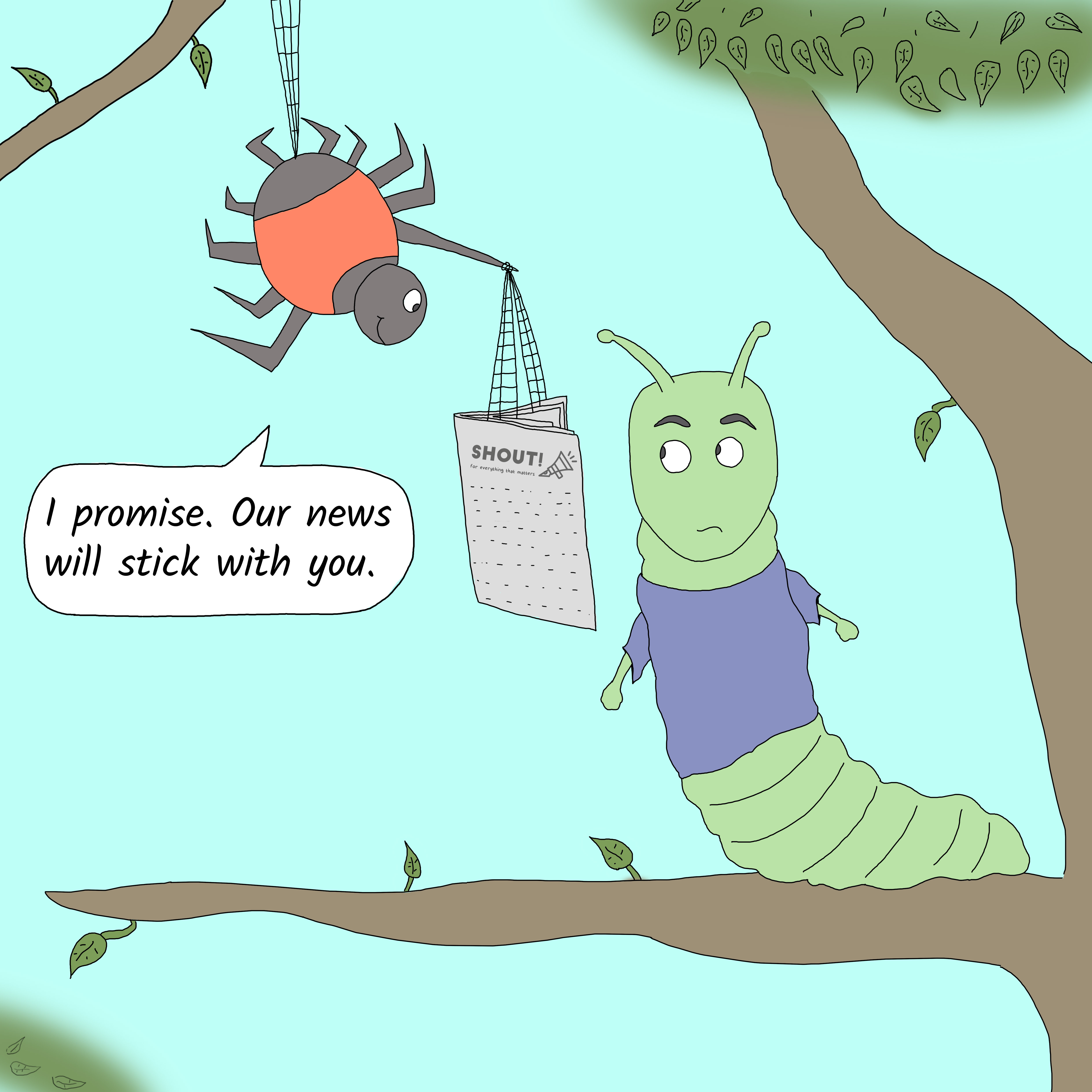(This piece was written for The FREEDOM Series on the network.)
I wish, after all these years of sitting under a tree and telling tales, that I could rename the “Ramayana”. For all his knowledge, insight and literary prowess, I think Valmiki got this one terribly wrong.
The Ramayana does not reflect the intended interpretation of Rama. In what is a disastrous turnaround for the author, Rama comes across as the least empathetic character in that gigantic poem. As thinking, feeling and living beings, we are predisposed to being judgmental. Why Valmiki thought Rama, in particular, could be absolved of that judgment is a mystery I am yet to solve.
Then again, that is the beauty of mythology. It is a mystery, it is somebody’s truth, another body’s belief, another body’s tragedy, another body’s victory and our collective business to rip apart, question and eventually extract our value systems from.
That is also the beauty of a grand piece of literature. It contains a wealth of data, depth and learning that can have a bearing on the civilization and humanity we wish to establish and extend.
And although we may (as I do) disagree with the furtherance of one character over another or the justification of an episode despite its obvious and inherent inconsideration, we have to agree that this great Indian epic is the possible beginning of every choice ever made or ever to be made, in our minds and in our hearts, here on this Earth.
Hence, the first choice I make is to dismiss Rama as the protagonist of this legend. Because there is a crowd of characters that are heroes in their own right (and wrong. Because heroes are often wrong.)
And that is where we make a start!
Presenting,
WHY RAM IS NOT THE RAMAYANA,
Hence, the RAMAYANA itself is not itself
And other revelations…
The texts of the Aryans try desperately to portray Raavan as evil, despicable, unworthy, arrogant and proud – as inhuman; as a demon.
Which he is not.
The texts also portray him as if he did not have a shred of human kindness, love, estrangement, thought, wisdom or goodwill.
All of which he did in fact, have.
The unintended irony of Valmiki’s writing is that even when he praises Rama, he unknowingly highlights the greatness of Raavan.
Everyone knows why Sita was abducted.
Surpanakha proposed marriage to Rama and then Lakshmana, unaware of their respective situations and relationship statuses.
Raavan’s beloved sister was insulted,
Then followed, caught, tied to a tree and mutilated – the beautiful princess’ nose and ears were chopped off.
The brothers assaulted her and left her there.
Raavan, on the other hand, only abducted Sita.
Leave alone assault or torture, he did not touch her nor lust after her.
He never once even verbally abused her.
In a startling twist of plot, he actually fell for her.
All that need for vengeance falling away,
His strength of character compounded by his love for her made him want to protect her from the evil but uncontrollable fate meted out to her.
He made pure, genuine and gentle advances, requesting her to become his Queen.
And even when she refused, he persisted.
Rama, on the other hand,
After killing Raavan, told Sita,
“I did not take on this war for you, but to clear the disgrace that you brought to my clan.
You can now go wherever you like; your path is now clear. Or you can live with any of my brothers.”
The choice between callousness and care isn’t a hard one to make.
Raavan was not actually ten-headed. He was human, just like Ram, just like us.
He had connections and kindness and feelings, thoughts, actions, joy and sadness.
He did not have ten heads, but certainly the strength and intelligence of ten people.
He was deeply spiritual, richly endowed – in combat and art, empowered with the knowledge of scriptures, respectful of the gods and nature and a prosperous – the wealthiest ever – King on Earth.
He is somebody to aspire to; somebody to idolize.
And if the world will have it (and it only does, in parts), somebody to eulogize.
He was only defeated by Rama,
a man not as strong, meritorious, rich, intelligent or well-trained in combat
because he was betrayed by his brother, his second-in-command, Vibhishan.
The choice between fair and foul – both ways of playing – isn’t a hard one to make.
The male narrative told, where in this epic are the women?
And why are their stories locked up in closed corridors?
Why aren’t they breathing free?
Where are their truths, their struggles, their opinions, and their forever-waiting-to-be-claimed agencies?
And when they do claim them, like Kaikeyi or Surpanakha did,
Why are they demonised?
Why do they become the villains of the story?
What was in this narrative, then, for the girl child?
Please don’t say Sita, for we all know how that story ends.
Sita was blameless. She followed her husband into an exile that wasn’t hers to embrace.
Where is her song of sorrow?
Where is Lakshman’s wife, Urmila’s?
The epic throws no light on female bonds – female feeling or fellow feeling.
No mother and daughter who love like Dasharath and Rama,
No sisterly solidarity like that of Ram and Lakshmana even though Sita and Urmila are both sisters and sisters-in-law.
The only solid, supportive female friendship – that of Kaikeyi and Manthara – is rendered as an evil plot to disturb the destiny of Rama.
And even inside that supposed scheming plot, there are layers untold and misunderstood.
Hence, the choice between believing what is said and attempting to unravel what is unsaid isn’t a hard one to make.
I’m supposed to tell you a story, I know.
What I don’t know is how to create one from things that have never before been told.
I would like to tell that story:
The complete one,
Where the demons are just as human as the humans are demonic;
Where the women don’t just go along because they might be left high and dry;
Where they know that being left in the lurch is a very real possibility and they should have their guard up and give love where they will find some in return;
Where the women are warriors and saviours, their own and for others;
Because they are.
Where the men, whether kings or mendicants, take heart, have courage and can be kind.
That story was meant to be the meat and matter of the RAMAYANA.
But it is not.
Because we have to title it differently.
(PS: This piece was vetted by multiple liberal minds before being put out there. We had to be sure we weren’t being mindlessly woke albeit rationally rebellious.)
DISCLAIMER: The content on this website is merely an opinion and not intended to malign any religion, ethnic group, organisation, company or individual. Nothing contained herein shall to any extent substitute for the independent investigations and sound judgment of the reader. While we have made every attempt to ensure the accuracy and completeness of the content contained herein, no warranty or guarantee, express or implied, is given with respect to the same. The SHOUT! Network is neither liable nor responsible to any person or entity for any errors or omissions, or for any offense caused from such content.
In addition to the above, thoughts and opinions change from time to time… we consider this a necessary consequence of having an open mind. This website is intended to provide a semi-permanent point in time snapshot and manifestation of the various topics running around our brains, and as such any thoughts and opinions expressed within out-of-date posts may not be the same, or even similar, to those we may hold today.
Feel free to challenge us, disagree with us, or tell us we’re completely nuts in the comments section of each piece. The SHOUT! Network reserves the right to delete any comment for any reason whatsoever (abusive, profane, rude, or anonymous comments) – but do SHOUT! with us, if you will.















